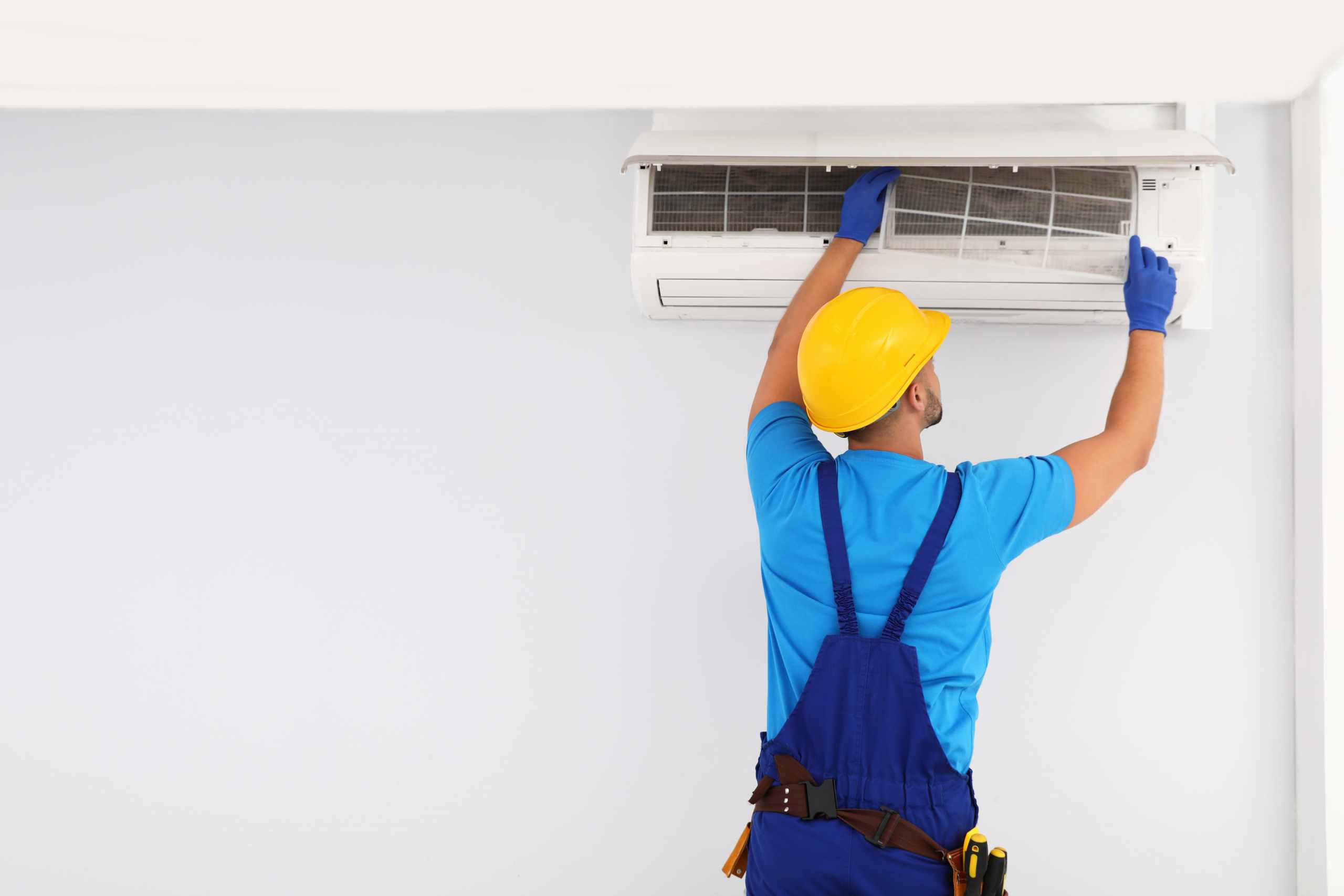Typically, having a functional HVAC (heating, ventilation, and air conditioning) system in your home is extremely important. Depending on your location, this system is in charge of keeping you and your family cool during summer and warm during winter.
Thus, if you don’t have an HVAC system at home, chances are you’ll need to buy one to ensure comfortable indoor living conditions for everyone. However, choosing the right system for your needs can be a challenging experience. There are many things to take into account before you can make a sound buying decision.
Keep reading this article to learn about the essential considerations when looking through all the different HVAC options.
Table of Contents
1.Type Of HVAC Unit
If you’re searching for an HVAC system for your big house, you may want to choose a type of unit that can keep your family and visitors comfortable, without spending a huge amount of money. Generally, there are a few common HVAC products you can choose from for your air conditioning needs. These can include, but not limited to, the following:
- PTAC Units – Short for packaged terminal air conditioner, PTAC refers to a standalone heating and air conditioning system being installed through a wall. Unlike other units, it doesn’t rely on air ducts for it to work, making it an easy-to-install HVAC unit for your home. Also, if you want to regulate the coldness or hotness of your home’s bedrooms, you can install them in these areas without breaking the bank. Just make sure to purchase a package terminal air conditioner (PTAC) from a reliable distributor.
- VTAC Units – Short for vertical terminal air conditioner, VTAC refers to a vertical heating and air conditioning system usually placed inside a closet or any space with a hidden view. Since they’re hidden, VTAC units can be a good option if you want a quiet system in your room. Also, when you install VTAC units, you can control the temperature of a single room or more in your home.
- Central Air Conditioners – This is an HVAC solution wherein the air cooling is done at a central location and distributed to different rooms using fans and ductwork. Instead of installing air conditioning units by room, you can use the central air conditioning system to cool down or warm up the entire house. This is often the best option for larger spaces, but is difficult to retrofit to an existing structure that wasn’t designed to accommodate it.

2.Size
Another factor to consider when shopping for some heating, ventilation, and air conditioning options is the size you’ll need. In doing so, you need to determine the several parts that make up an HVAC system and whether they can be properly installed in your house, how big your home is, as well as how often you’ll use the system in a day. Typically, choosing a system that is too small or big for your place can wear out the parts quickly and result in skyrocketing energy bills.
Hence, if you want to get the most out of your HVAC system for a long time, check the size first and determine whether it’s the perfect fit for your home.
3.Efficiency
Usually, there are many reasons why you should take your home’s ventilation seriously. With good indoor air quality, you can rid your home of dust, mold, and other particles and allergens that are harmful to your health. However, having a heating ventilation and air conditioning system that also filters the air in your home can cost you a significant amount of money every month.
Therefore, if you want to ensure that your home’s air quality remains safe, without paying expensive costs, consider the energy efficiency of the product you’ll be getting. When your HVAC system is energy-efficient, you can enjoy excellent indoor comfort, along with lower energy bills. Aside from saving considerable amounts of energy, you can also save some money over time.
On the other hand, to know whether the system comes with an energy efficiency feature, below are the things to look for:
- SEER – Known as the seasonal energy efficiency ratio, it determines the efficiency rating of HVAC equipment. Take note that the higher the SEER rating is, the more efficient the equipment is. Typically, a rating of 14 or above indicates that the system has high energy efficiency.
- HSPF – Known as the heating seasonal performance factor, it measures the heating processes of the heat pumps. If you’re looking for efficient models, choose the one with 8.2 or above HSPF rating.
-
4.Price And Reputation
Ideally, having an HVAC system in your home is a significant investment. That’s why if you have a limited budget, you should consider the price as a factor in selecting a new system. You can get the best value for your money by conducting some research. Check out how the different companies, distributors, and suppliers price their systems and if they’re within your budget.
Apart from the price, you should also factor in the reputation of the brand you’re eyeing. Since you’re paying good money for an HVAC unit, you should find out which brands and models are reputable when it comes to their quality and features.
Bottom Line
Indeed, choosing a new heating, ventilation, and air conditioning system can be a complicated process. Thankfully, by keeping the above factors in mind, you’ll be able to pick an HVAC system that best suits your cooling and heating needs.















